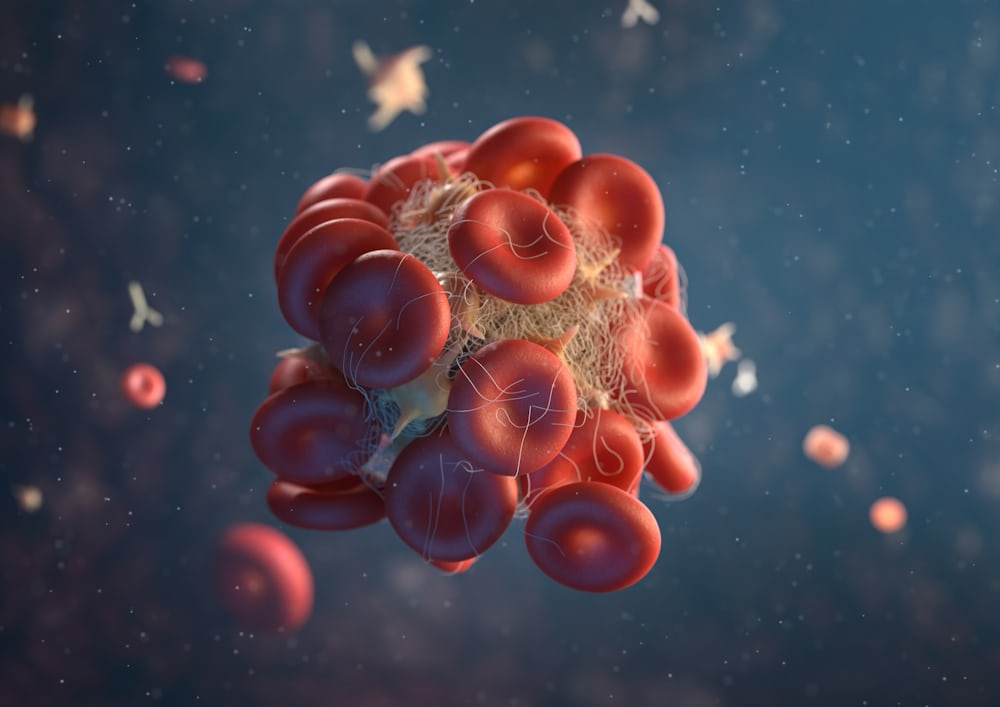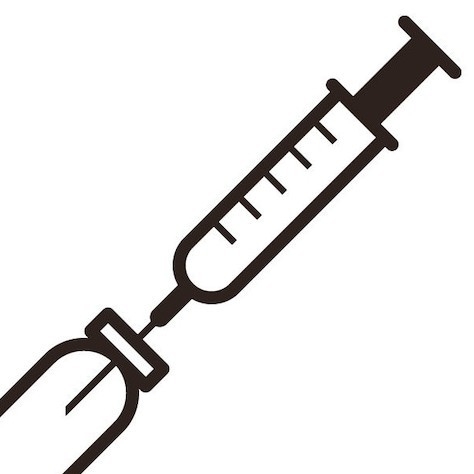The Comprehensive Guide to Testosterone Replacement Therapy (TRT) Creams: The Good and The Bad
Testosterone Replacement Therapy (TRT) is a treatment designed to address low levels of testosterone in men, a condition known as hypogonadism. Among the various forms of TRT, testosterone creams have gained popularity due to their ease of use and non-invasive nature. However, like any medical treatment, they come with both benefits and drawbacks. This article delves into the pros and cons of TRT creams, providing a balanced view to help individuals make informed decisions.
Understanding TRT Creams
Testosterone creams are topical applications that deliver testosterone through the skin and into the bloodstream. They are typically applied once daily to clean, dry skin on areas such as the shoulders, upper arms, or abdomen. The goal is to maintain steady testosterone levels, mimicking the body’s natural production.
The Good: Benefits of TRT Creams
Ease of Use
- Non-invasive Application: Unlike injections, which can be painful and require medical training, testosterone creams are easy to apply. This makes them a more convenient option for many men.
- Daily Routine Integration: The creams can easily be integrated into a daily grooming routine, ensuring consistent use and better adherence to the therapy.
Stable Hormone Levels
- Avoidance of Peaks and Troughs: Injections can cause fluctuations in testosterone levels, leading to peaks and troughs that may cause mood swings and other side effects. Creams, on the other hand, provide a more steady release of the hormone.
- Mimicking Natural Production: The daily application of the cream helps maintain a more natural rhythm of testosterone levels in the body.
Improved Symptoms
- Enhanced Quality of Life: Many men report significant improvements in energy levels, mood, libido, and overall well-being after starting TRT.
- Increased Muscle Mass and Bone Density: Testosterone is crucial for maintaining muscle mass and bone density, and TRT can help improve these physical attributes, especially in older men.
Reduced Risk of Overdose
- Controlled Dosage: With creams, it is easier to control the dosage and make gradual adjustments, reducing the risk of taking too much testosterone.
The Bad: Drawbacks of TRT Creams
Skin Irritation
- Dermatological Reactions: Some men experience skin irritation or allergic reactions at the application site. This can include redness, itching, or rash, which may necessitate switching to another form of TRT.
Variable Absorption
- Inconsistent Absorption Rates: The absorption of testosterone through the skin can vary based on several factors, including skin thickness, temperature, and application technique. This variability can lead to inconsistent hormone levels.
- Impact of External Factors: Factors such as sweating, showering, or swimming can affect the absorption of the cream, potentially leading to reduced effectiveness.
Risk of Transfer
- Unintentional Transfer to Others: There is a risk of testosterone transferring to others through skin-to-skin contact. This can be particularly concerning if the cream comes into contact with women or children, who may experience adverse effects from exposure.
Limited Insurance Coverage
- Cost Considerations: Testosterone creams can be more expensive than other forms of TRT, and not all insurance plans cover them. This can be a significant drawback for men who need long-term treatment.
Potential Side Effects
- Common Side Effects: As with any form of TRT, testosterone creams can cause side effects, including acne, hair loss, increased red blood cell count, and breast enlargement.
- Long-term Health Risks: There are ongoing debates about the long-term health risks of TRT, including potential impacts on cardiovascular health and prostate cancer risk. Men considering TRT should discuss these risks with their healthcare provider.
Conclusion
Testosterone creams offer a convenient and effective option for men seeking to manage low testosterone levels. They provide several benefits, including ease of use, stable hormone levels, and improved symptoms. However, they also come with potential drawbacks, such as skin irritation, variable absorption, risk of transfer, and cost considerations.
Before starting TRT, it is crucial for individuals to consult with a healthcare provider to weigh the pros and cons and determine the most suitable form of therapy based on their specific needs and medical history. As with any medical treatment, careful monitoring and regular follow-ups are essential to ensure safety and effectiveness.




Comments
Post a Comment